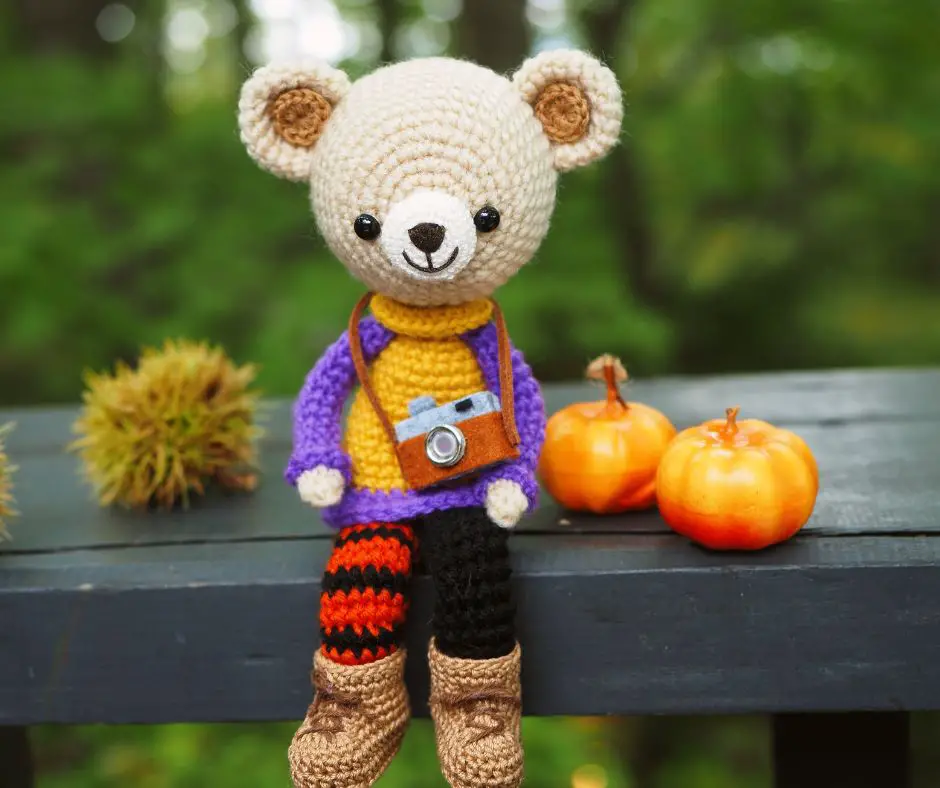The Enchanting Origins of Amigurumi
Hello, dear readers!
I’ve been crafting for as long as I can remember. From knitting to crocheting, I’ve always had a passion for creating with my hands. Today, I’d like to introduce you to a special craft that has a special place in my heart: the delightful world of amigurumi.
What is Amigurumi?
Amigurumi, for the uninitiated, is the Japanese art of knitting or crocheting small, stuffed yarn creatures. The word ‘amigurumi’ is derived from two Japanese words: ‘ami’, which means crocheted or knitted, and ‘nuigurumi’, meaning stuffed doll. These adorable creations range from animals to inanimate objects, and they’re often characterized by their oversized heads and undersized extremities, giving them a unique and endearing appearance.
But why has amigurumi become so popular? Beyond their undeniable cuteness, amigurumi toys are tactile, comforting, and often infused with personality by their creators. They’re not just toys; they’re companions, each with a story to tell.
A Glimpse into the Past
While amigurumi might seem like a modern trend, its roots are deeply embedded in Japanese culture. Historically, dolls and toys have always held a special place in Japanese traditions, often used in rituals and as protective charms for children. Over time, as knitting and crocheting techniques evolved, these traditional dolls began to take on the form we recognize today as amigurumi.

The Historical Roots of Amigurumi
Japan: Where Tradition Meets Modernity
Japan has always been a land where tradition and modernity coexist harmoniously. This balance is evident in its architecture, fashion, and even in its crafts. The country’s rich history of handcrafting, from intricate kimonos to delicate tea ceremonies, showcases a deep appreciation for detail and design. It’s within this backdrop that amigurumi found its place.
The Meaning and Origin of ‘Amigurumi’
As mentioned earlier, the term ‘amigurumi’ is a fusion of two Japanese words: ‘ami’ (crocheted or knitted) and ‘nuigurumi’ (stuffed doll). But beyond its linguistic roots, amigurumi carries with it a cultural significance. Historically, dolls in Japan were more than just playthings. They held spiritual significance, often used in rituals or as talismans to protect and bring good fortune.
Amigurumi’s Place in Knitting and Crocheting
While knitting and crocheting have been popular crafts worldwide, it was in Japan that the art of creating small, stuffed creatures truly flourished. The transition from traditional doll-making to the creation of amigurumi might have been influenced by Japan’s love for ‘kawaii’ or ‘cuteness’. Over time, as crafters experimented and innovated, amigurumi evolved from simple stuffed dolls to the diverse range of creatures we see today. Whether it’s a mythical dragon or a tiny turtle, the essence of amigurumi lies in its ability to bring stories to life through yarn and creativity.
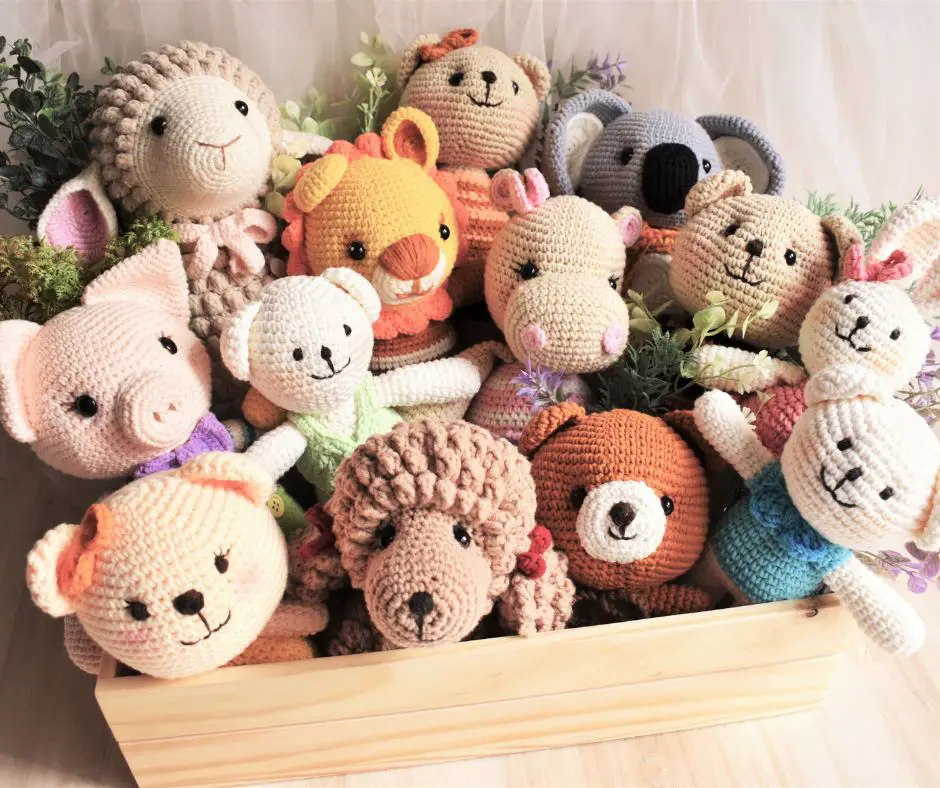
The Technique and Style of Amigurumi
Distinctive Features of Amigurumi
What sets amigurumi apart from other crocheted or knitted toys? It’s all in the details. Amigurumi creatures often have oversized heads paired with undersized bodies, giving them a distinct and endearing appearance. Their eyes, whether they’re beady buttons or embroidered stitches, are usually large and expressive, adding to their charm.
Essential Techniques in Crafting Amigurumi
Crafting amigurumi requires a certain set of skills, but don’t be daunted! With the right tools and some patience, anyone can master it. Typically, amigurumi is crocheted in the round, using a spiral technique. This ensures that there’s no visible seam, giving the finished product a smooth and polished look. The type of yarn used can vary, but it’s often a medium-weight cotton or acrylic blend. As for tools, a good crochet hook, some stuffing, and a needle for finishing touches are all you need to get started.
Designing Amigurumi Characters
The beauty of amigurumi lies in its versatility. From whimsical unicorns to realistic cats, the possibilities are endless. The design often leans into the concept of “kawaii” or cuteness. This Japanese aesthetic emphasizes features that evoke a sense of charm and innocence. Think of rosy cheeks, big eyes, and playful expressions. But the true magic of amigurumi is in its ability to capture the personality and essence of any character, real or imagined.
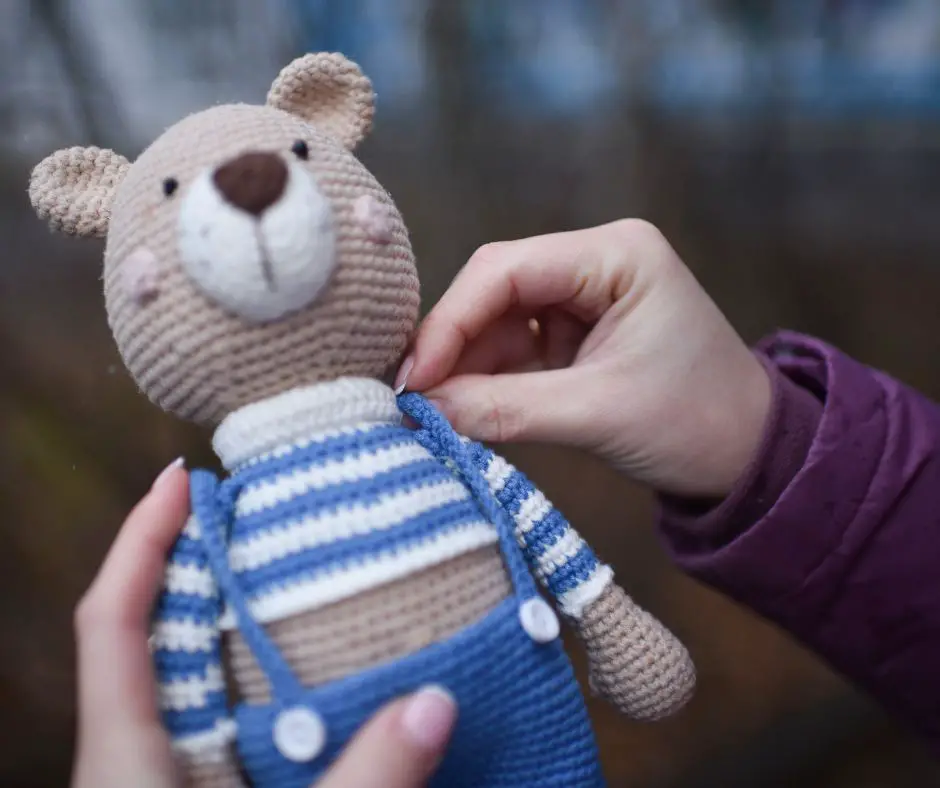
Amigurumi’s Spread Across the Globe
How Amigurumi Captured Hearts Worldwide
While amigurumi has deep roots in Japanese culture, its charm knows no boundaries. Over the past few decades, this delightful craft has spread its wings, capturing the hearts of crafters and toy enthusiasts around the world. But how did a traditional Japanese craft become a global phenomenon?
The answer lies in the universality of its appeal. The cuteness of amigurumi resonates with people of all ages and backgrounds. Moreover, the DIY nature of amigurumi allows crafters to personalize and infuse their creations with unique touches, making each piece a one-of-a-kind treasure.
Amigurumi in Western Culture
As amigurumi made its way to the West, it was embraced with open arms. Western crafters not only adopted the traditional techniques but also added their own twists, leading to a fusion of styles. From incorporating local folklore and characters to experimenting with different materials, the West has truly made amigurumi its own.
The Role of Social Media
The rise of social media platforms, especially visual ones like Instagram and Pinterest, played a pivotal role in popularizing amigurumi. Crafters began sharing their creations online, leading to a vibrant community of amigurumi enthusiasts. Tutorials, patterns, and stories of these adorable creations started circulating, making it easier for newcomers to join the fold and learn the craft.
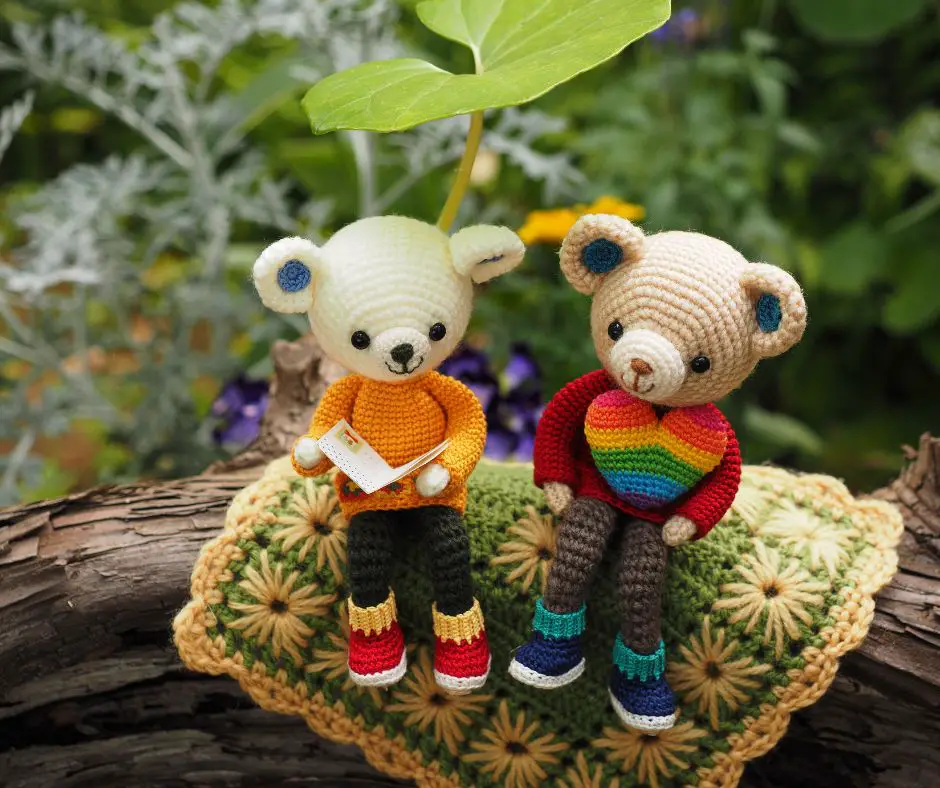
Personal Experiences and Stories with Amigurumi
My First Amigurumi: A Cherished Memory
My journey with amigurumi began with a petite baby designed by Lilleliis. I crafted it as a sleeping baby for my daughter, and it holds a special place in our hearts to this day. For those interested, the pattern is still available on Lilleliis’s website.
Gifts, Charity, and the Joy of Crafting
Over the years, I’ve crafted numerous amigurumi pieces as gifts and for charitable causes. These creations are always a hit, especially among children who adore their uniqueness. Some of the most intriguing ones include a platypus with a pocket watch and the ever-popular unicorns and bunnies.
What’s truly magical about amigurumi is the ability to personalize it. Whether it’s crafting a detective fox, a hippo with a floatie, or characters from a favorite story (keeping in mind copyright restrictions for personal use), the possibilities are endless.
Functional and Fun: Amigurumi Beyond Toys
Amigurumi isn’t just about creating cute characters; it can also be functional. I’ve crafted stress balls, sleep cloths (which can double up as teething aids due to the crochet cotton yarn), teething chains, rattles, and building toys. Patterns for these will also be available on my blog for those interested.
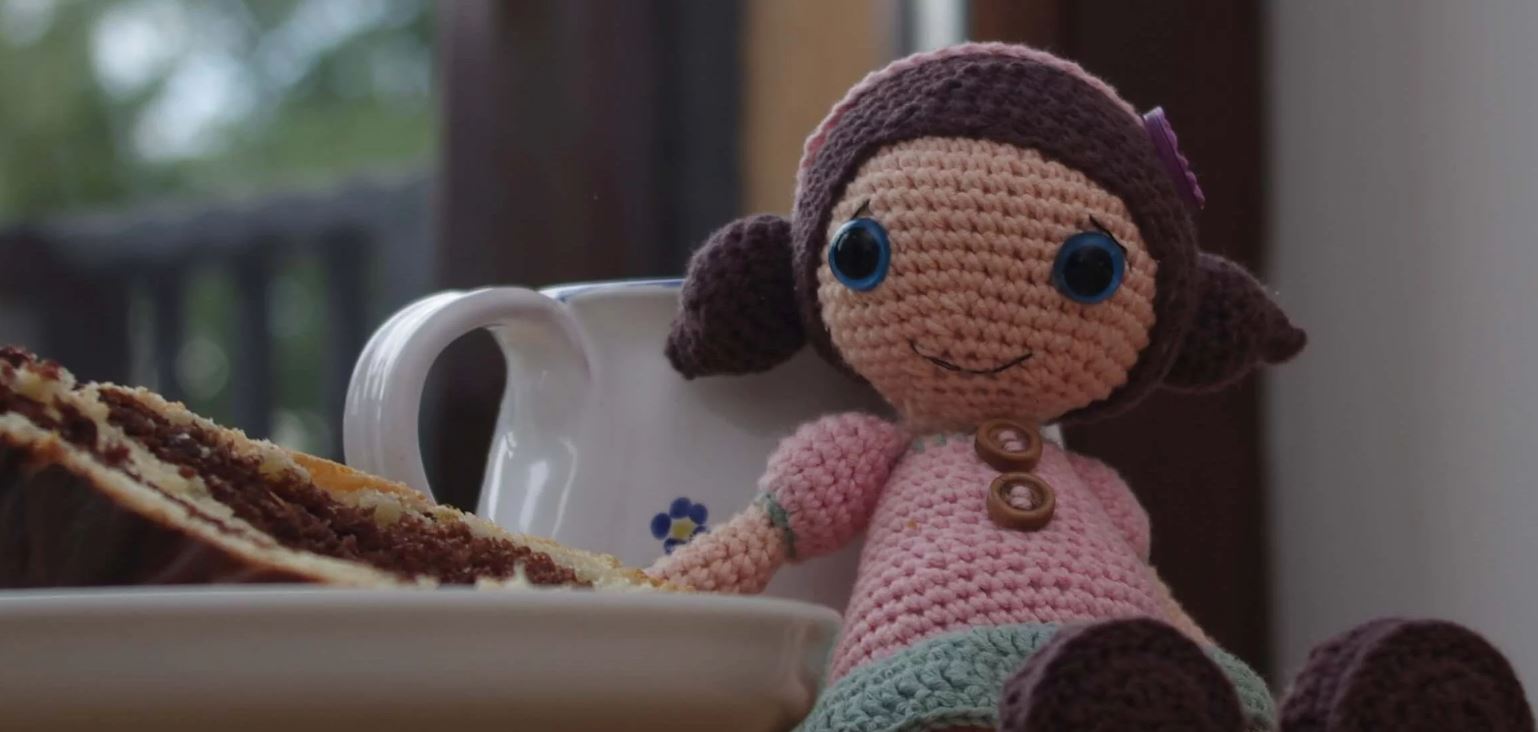
In Conclusion: The Significance of Amigurumi
In the vast tapestry of handcrafts, amigurumi holds a unique and cherished thread. It’s more than just a craft; it’s a form of expression, a testament to the boundless creativity that resides in each of us. Through amigurumi, we not only create adorable creatures but also weave stories, memories, and emotions into every stitch.
To all my readers, whether you’re a seasoned crafter or someone just starting on this journey, I encourage you to embrace the world of amigurumi. Dive into its depths, experiment with patterns, and most importantly, make it your own. And as you craft, remember to share your creations with the world. Each amigurumi, with its unique character and charm, has a story to tell, and I can’t wait to hear yours.
